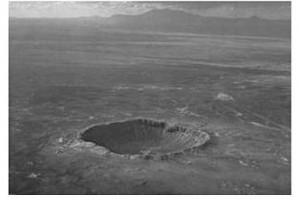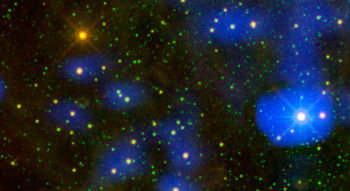I awoke this morning with messages to share wih all of you about the shifting times we’re in and what’s happening now and what is changing.
First, there was a wave of illness this past week with flu-like symptoms, fever, nausea, down for the count loss of energy. This, I’m told is the letting go process releasing the fear of change. The storms and earthquakes happening now are just recalibrating the planet.
Those of you who have found a way to feather their nests in this stormy energy have fears that these changes will destroy your comfort levels, but this is not the case. And that fear will slow you down. Changes will occur anyway because the cosmic energy supports something different now, but how you experience the change is up to you. Fear it or embrace it and love it.
All the things you love and cherish and have been able to maintain through the last couple of years of sloughing off your snakeskin or breaking out of your cocoon have resulted in a refinement of what you want in your life. You need not fear further loss as the intention now is to build the new and good for everyone.
The energy of the old age, the Piscean Age, was of power and control, the few in charge of the many, and personal control issues and addictions as well. So, all the corporation building, the wars and dictators are products of the old age, and the energy no longer supports these structures. That is why you see them falling away one by one and en masse.
The Aquarian Age supports a new way of being: community, creativity, collaboration, cooperation and compassion. Because the cosmic energy now supports new structures, we are able to release the karmic patterns created during the old age, and claim the lessons and rewards of our service to humanity.
In the Piscean Age, if you stood up for your truth, you were most likely killed for it, i.e., Jesus, Ghandi, Martin Luther King, John Kennedy and so many others. In a past life, I was bound to a water wheel and stoned to death by the very people I was trying to help. This was an old pattern, and it created a long-term fear that if we speak out we will be killed. It shut our voices down and our throat chakras closed up.
But, now is the time to claim the rewards for the times we spoke out for others and stood up for what is right. Now is the time when we are being asked to truly center ourselves in our heart and ask what truth do we want to express in our lives? What life do we want to live? What environment do we want to live in? All these things are possible to manifest now.
Ever since I had that fifth dimensional training dream, I have become acutely aware of my thoughts and feelings and what, through lifetimes, has reinforced limiting beliefs in me. The truth is that those limitations may have resulted from standing in your truth in energy that did not support that truth – a true act of bravery. We deserve the rewards of our bravery, our selfless acts and our concern for the wholeness when all was being divided into little pieces. We deserve to be rewarded for being who we are, for coming to this planet, for sharing in the common good.
What would a world look like that gave you all the things you want in life? What is truly important to you? You don’t have to have the whole picture, just your beautiful heart-felt picture. We, as a whole will put that puzzle together into an amazing collage that offers us a reality that is greater than the sum of its parts.
It’s time now. Make the leap. Believe and let go. Claim your piece of the new age, the new energy and your new life.
Last week, I moved back to NM to the beautiful Oso Vista Ranch where I’m helping create retreats and trainings for the new age, helping people claim their health, their wealth, their creative passions. Helping people move into their new lives easily, joyfully and willingly. http://osovistaranch.com
My shift has occurred, and I’m living the life that all my lives have prepared me for. Nothing is wasted. All my skills, hopes, dreams, passions and joys are embodied in this new expression. But I spent nine months stewing in the old energy before I made the internal shift that allowed the outer expression to occur. I’m living the dream and loving it. I feel like the genie blinked, but I’m the one who blinked.
I look out my windows at the spectacular view and look around the beautiful, comfortable home I’m in, and my heart swells with gratitude. You’ve done the work, now claim the rewards.
Look where I live, photos are posted on my Facebook page: My Zuni Mountain neighborhood: https://www.facebook.com/#!/media/set/?set=a.10150707679779144.416047.783179143&type=1¬if_t=photo_album_comment
(You’ll have to sign into your FB account to see this, I beleive.)
Thanks for sharing this phase of the journey. The best is yet to come.
Love … Sandy Penny, http://sandypenny.com
Posted by Sandy Penny – WritingMuse – Love and Happiness Coach, Build Your Own Website Instructor at 9:40 AM





